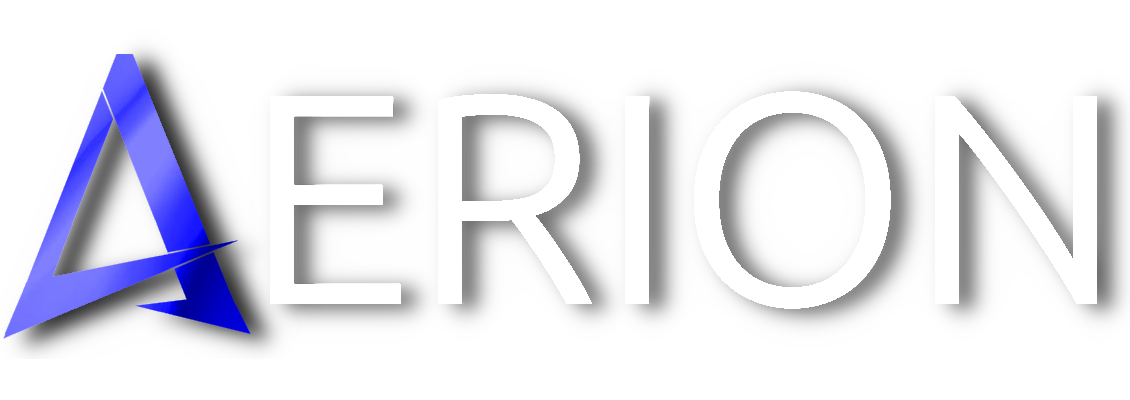Sharding
Sharding
Scalable Blockchain Architecture
Sharding in the Altica ecosystem involves dividing the blockchain network into smaller, more manageable subnets. This architecture enables parallel processing of multiple tasks across different segments, significantly enhancing scalability and overall performance by reducing potential bottlenecks, and ensuring a more responsive and scalable blockchain environment.
Enhanced Scalability
Sharding boosts Altica’s scalability by parallelizing transaction processing.
Decentralized Security
Altica ensures security with decentralized validation across all subnets.
Flexible Ecosystem
Altica’s sharding design supports diverse applications with efficient parallelization.
Improved Performance
Sharding significantly boosts the throughput of Altica’s blockchain.
Maximum Efficiency
Each subnet in Altica is designed to operate independently, handling specific tasks like processing gold token transactions while avoiding interference with other subnets.
Enhanced Performance
Sharding divides the network’s workload into smaller partitions, allowing Altica to process transactions in parallel, improving scalability while maintaining high performance.
Future-Ready Network Architecture
Altica’s sharded architecture is designed to grow with the needs of the ecosystem. New subnets can be added as new use cases emerge, ensuring that the network remains scalable and adaptable to future demands. This future-proof design positions Altica to scale efficiently as the blockchain space continues to evolve.
Validation Across Multiple Subnets
To ensure network security and integrity, Altica decentralizes the validation process across all subnets. Each subnet operates independently in terms of consensus mechanisms and validation, ensuring that the security of the network is maintained without compromising the decentralized nature of the blockchain.
Consult our white paper to learn more about Adaptive Subnets and discover other innovative solutions from Aerion, with additional insights into our economic model and the long-term vision behind our ecosystem.

